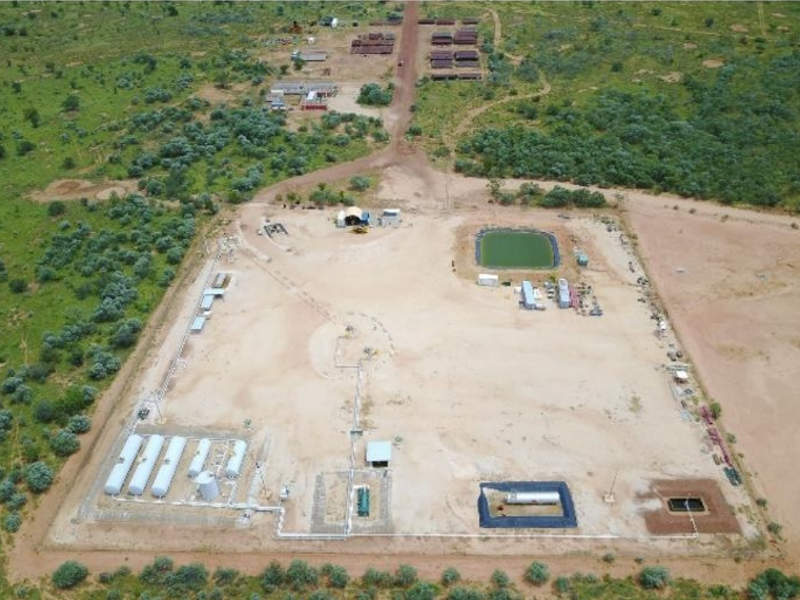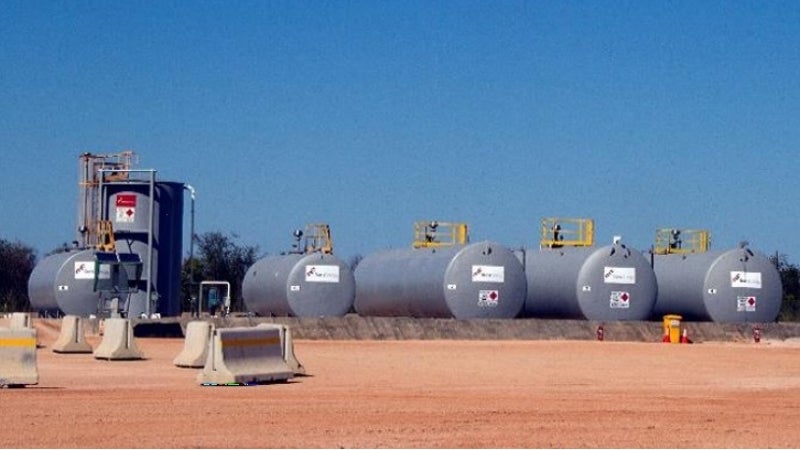

Ungani is a conventional oil field located in the Canning Basin, approximately 150km east of Broome in the Kimberly region of Western Australia.
It became the first onshore field to be discovered in the Canning Basin in 30 years, upon first being discovered in 2011.
The field is jointly owned by Buru Energy (50%) and Mitsubishi Corporation (50%), with Buru serving as the operator.
Production at the field commenced in July 2015 at the rate of 1,250 barrels of oil a day (bopd), however a fall in oil prices caused production to be suspended in January 2016.
Buru Energy announced in March 2017 that it had completed an extensive review for restarting production, and as such the facility would soon resume service.
Ungani oil field geology and reserves
Ungani field reservoir is a four-way dip closure of the Permo-Carb Laurel formation. It is a high-quality dolomite reservoir containing an oil column of more than 50m thickness.
The field is estimated to contain between five and 20 million barrels of recoverable oil. The oil contained is light sweet crude with a 37° API.
Appraisal drilling on Ungani
Ungani field has been appraised with the drilling of the Ungani-1, Ungani-1 sidetrack and Ungani-2 appraisal wells.
The Ungani-1 well was drilled to a depth of 3,200m by the Ensign Rig #32. The well encountered gas and oil in the Laurel formation.
A side-track to the well was drilled in order to undertake a full evaluation of the hydrocarbon reserves encountered.
The side-track was drilled by the same rig, and encountered a hydrocarbon column of 57m thickness in the upper Laurel formation.
The Ungani-2 well was drilled to evaluate the extent of the oil accumulation and reservoir quality. An initial clean-up flow was completed on the well in January 2012 and the well produced at a rate of 1,026bopd.
An extended production test (EPT) was then conducted on the well, which produced at good flow rates.
Buru also acquired an extensive 3D seismic study in preparation for the site’s final development design.
The Ungani-3, Ungani North-1 and Ungani Far East-1 wells were drilled following the survey.
Ungani North-1 targeted the northern prospect of the field, while Ungani-3 targeted the eastern part to examine the presence of hydrocarbons.
Ungani Far East-1 targeted the western part of the field.
Ungani field development details
The Ungani development involves a simple production system, which produces oil via a three-phase production separator. The oil is stored and trucked to the Port of Wyndham before being exported to either Asian or local markets.
Infrastructure at the field includes storage tanks, a road tanker loadout facility, plant and well control systems, and produced water injection systems.
Other general-purpose facilities at the site include offices, accommodation, generators and a reverse osmosis plant.
Prior to the initial suspension of production in 2016, oil was being trucked to the Port of Wyndham and stored in tankers with capacity of 30,000 barrels for exportation.
Production restart programme at Ungani
The production restart programme outlines plans for oil trucked to the Port of Wyndham to be stored in larger 80,000bbl tanks before being shipped to the markets. The larger tankers are expected to provide better shipping economics and flexibility.
The Ungani Far East and Ungani North wells will also be brought into production with a production rate of 3,000bopd.
Phase one of the start-up activities will include the installation of a produced water injection system, a new load out system and certain minor modifications to the on-field infrastructure.
The development’s second phase is set to include the installation of new downhole pumps, as well as related control and power systems.
Contractors involved
Valmec and Technip Oceania performed upgrades to the Ungani production facility in November 2013.
Concrete Canvas created its concrete impregnated fabric bunds at the field.


